Tuberculosis
"Banner image is a a scanning electron micrograph (SEM) under high magnification of 15549x depicting a number of Gram-positive Mycobacterium tuberculosis bacteria. As an obligate aerobic organism M. tuberculosis can only survive in an environment containing oxygen. This bacterium ranges in length between 2 - 4 microns, and a width between 0.2 - 0.5 microns."
ID# 9997. Content provided by Centers for Disease Control and Ray Butler, MS. Available from http://phil.cdc.gov/phil/.
Photo credit: Janice Haney Carr, 2006.
Tuberculosis
Yet the captain of all these men of death
that came against him to take him away,
was the consumption,
for it was that that brought him down to the grave.
- John Bunyan, The Life and Death of Mr. Badman
On March 24, 1882, German pathologist Robert Koch announced the discovery of tubercle bacillus, the bacterium that causes tuberculosis (known colloquially as "consumption"). Tuberculosis, or TB, is a highly contagious disease that usually attacks a patient's lungs. Most people infected with TB will not show any symptoms, as TB can survive in an inactive form. However, if TB becomes active it will attack the tissue of the organ that it resides in, showing symptoms of coughing and weight loss, and can eventually lead to death.
David B. Stewart claims tuberculosis "is as much a social problem as a medical one," since the poor and disadvantaged are more affected due to undernourishment and less access to medical treatment.1
TB can now be eliminated with a variety of antibiotics, although drug-resistant TB is becoming more common and is much harder to destroy, requiring several years of drug treatments.

Produced by National Institute of Allergy and Infectious Diseases (NIAID).
ID# 18139. Centers for Disease Control and Prevention. 2010.
Available from http://phil.cdc.gov/phil/
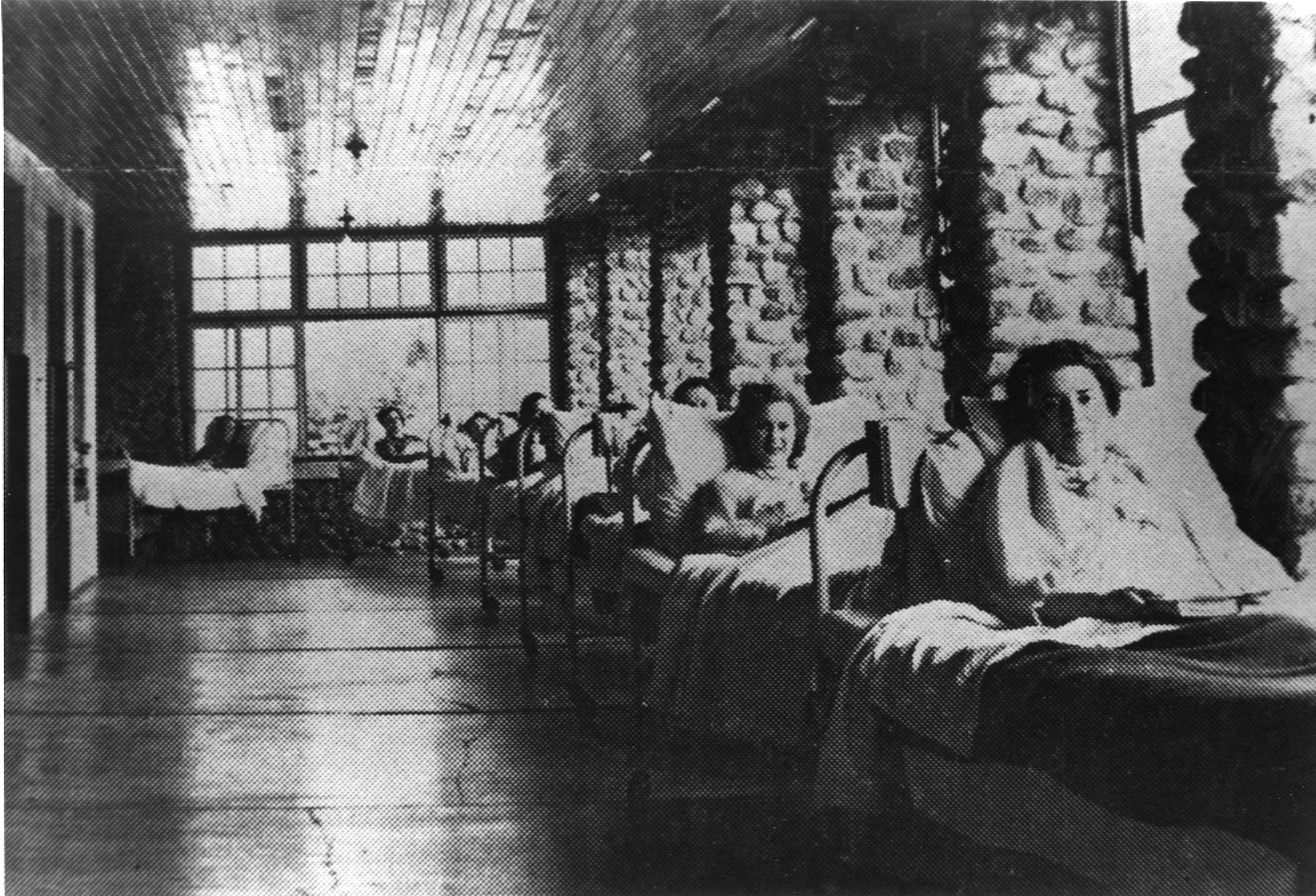
MPC.4.1.028C
University of Manitoba College of Medicine Archives
The Great White Plague in Manitoba
Tuberculosis is extremely contagious, and as Manitoba's population surged at the end of the nineteenth century, so too did cases of TB. Manitoba experienced its first large-scale wave of immigration in 1881, as the Canadian Pacific Railway finished construction in its capital city of Winnipeg. The second wave of immigration came in the late 1890s and continued well into the twentieth century, while tuberculosis cases rose dramatically.2
The Canadian Tuberculosis Association was founded in 1900 to find a solution to the rising cases of TB across the nation. Largely due to the national association, the Manitoban government took action and passed legislation with the tongue-twisting title, the "Board of Trustees of the Manitoba Sanatorium of Consumptives," effectively creating the Sanatorium Board of Manitoba in 1904. The Board was responsible for opening a tuberculosis sanatorium to treat cases of TB, a common treatment for tuberculosis patients.
After five years of discussion, the small town of Ninette, on the shores of Pelican Lake, was chosen as the location of the Manitoba Sanatorium.
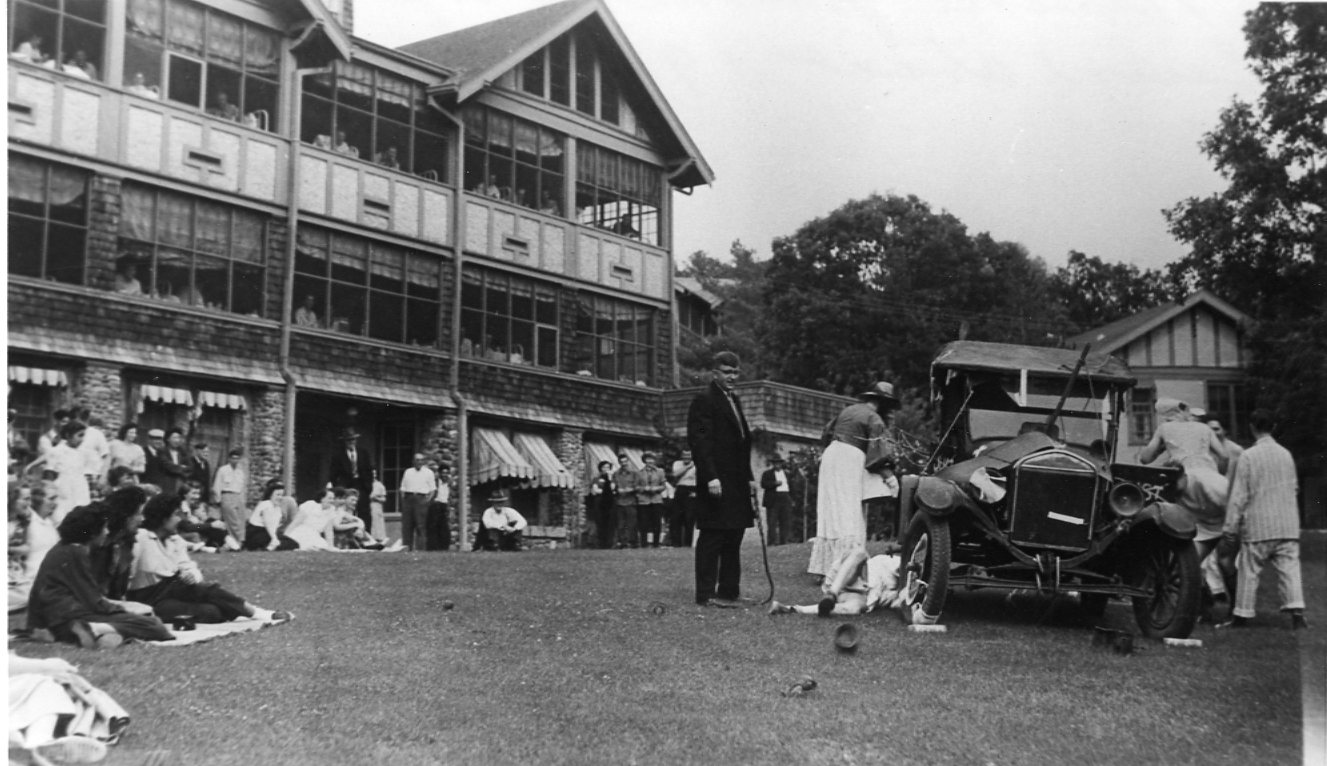
Ninette Sanatorium
MPC.4.1.028A, University of Manitoba College of Medicine Archives
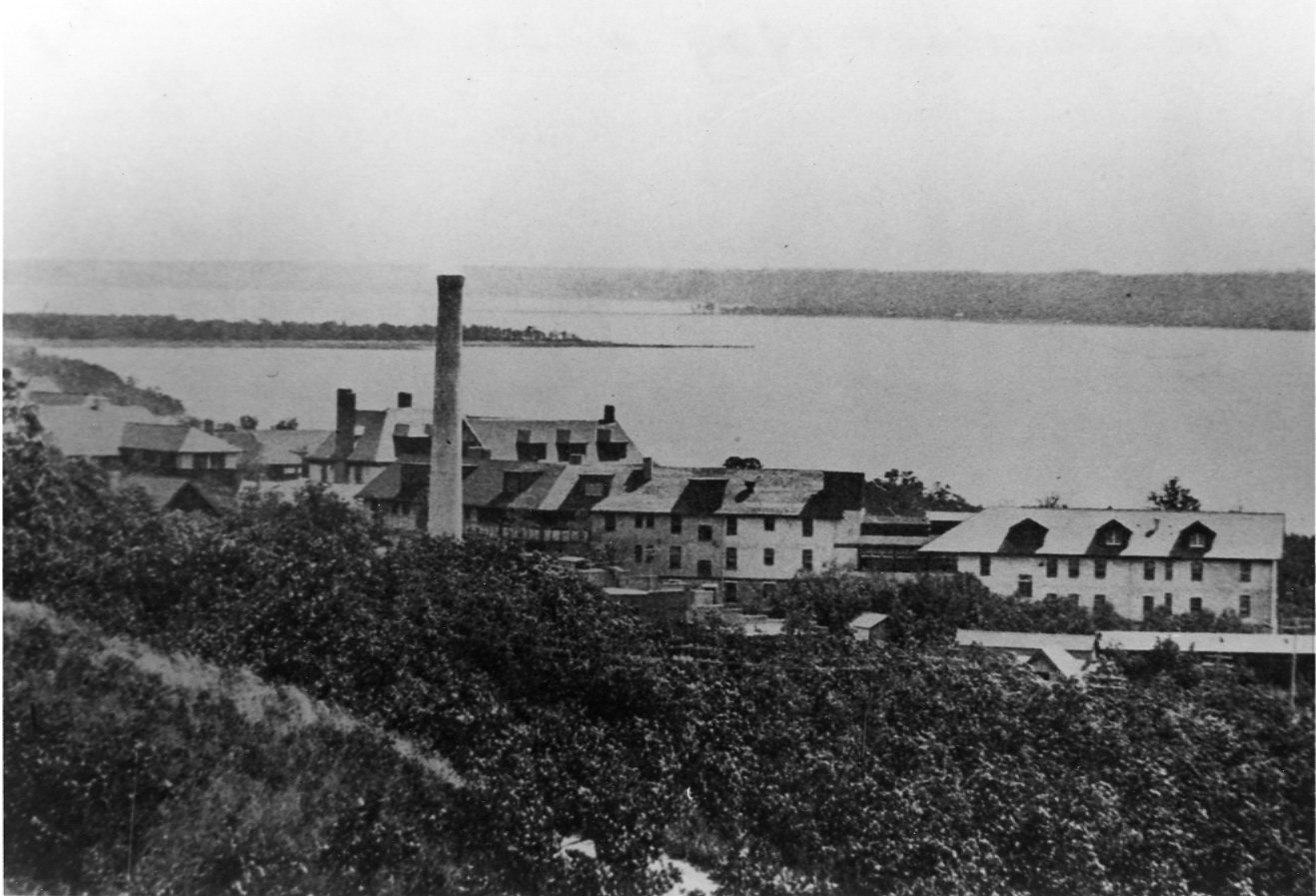
View of Ninette
MPC.4.1.028D, University of Manitoba College of Medicine Archives
Ninette Sanatorium
The Manitoba Sanatorium in Ninette, also called the Ninette Sanatorium, opened on May 20, 1910 as a place for tuberculosis patients to recover from TB. Treatment at the time employed plenty of food, fresh air, and rest, all of which were available in abundant supply in Ninette. Stewart writes,
Over the years thousands of men and women came to this cluster of red-roofed buildings along the valley to be sustained by "the spirit of the place." Some of them fought bravely but lost the battle: many more passed through the Valley of the Shadow and emerged victorious. No wonder that a former patient said of it: "This is Holy Ground."3
Dr. David A. Stewart was the Sanatorium's first medical superintendent. As a relentless advocate of the anti-tuberculosis campaign, he toured the province "with Presbyterian fervor".4 Stewart ensured there was room for 60 patients when the Sanatorium opened.5 By 1922, in part due to Stewart's appeal for additional funds, the Sanatorium's capacity had risen to 280.6 Stewart passed away in February 1937 and was succeeded by E.L. Ross as the Sanatorium's second medical superintendent.7
The facility ceased operations as a sanatorium in 1972. This was due to low death rates of TB, as indicated by Figure 1.8
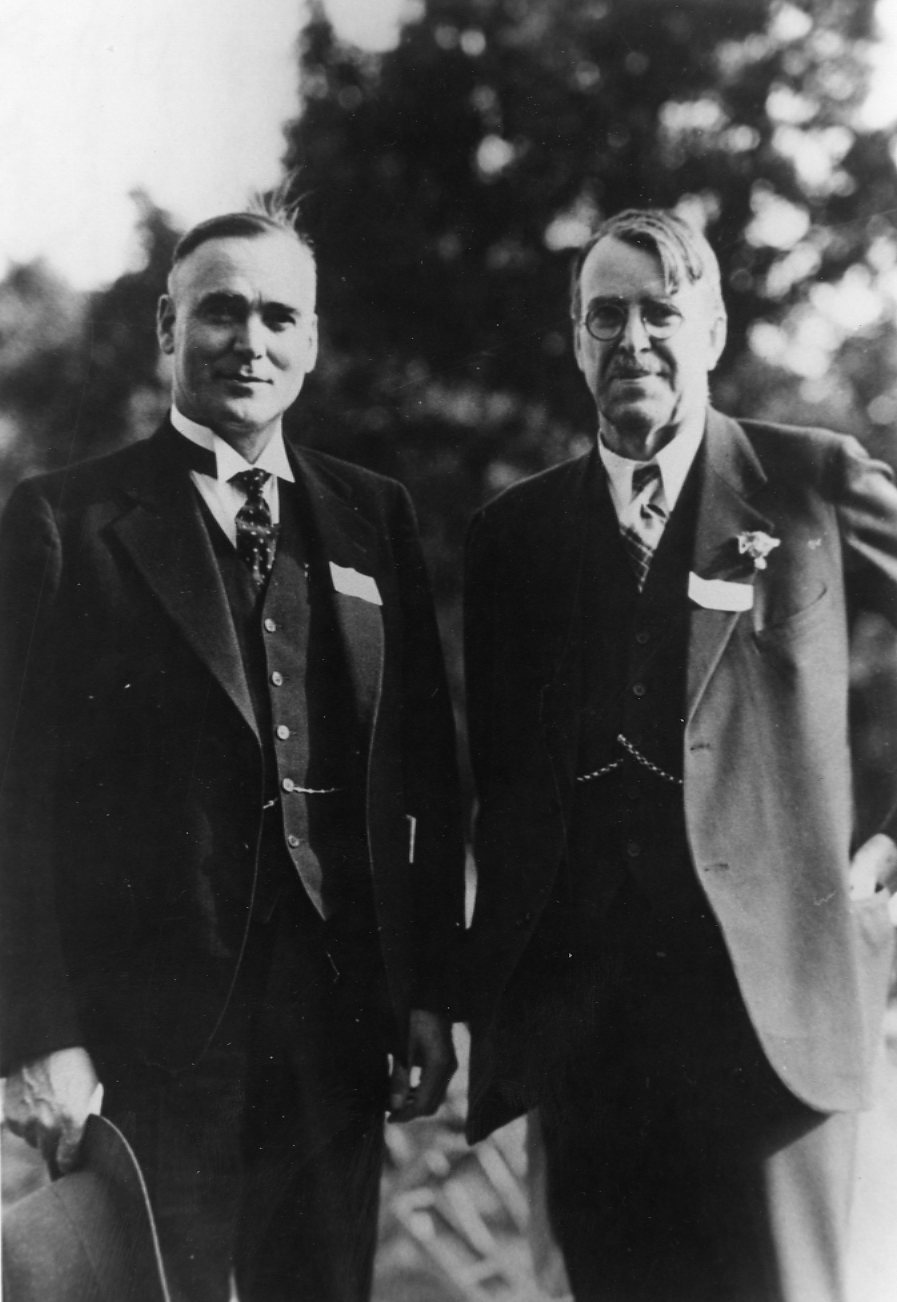
Dr. R.G. Ferguson and Dr. David A. Stewart
MPC.4.1.028A, University of Manitoba College of Medicine Archives
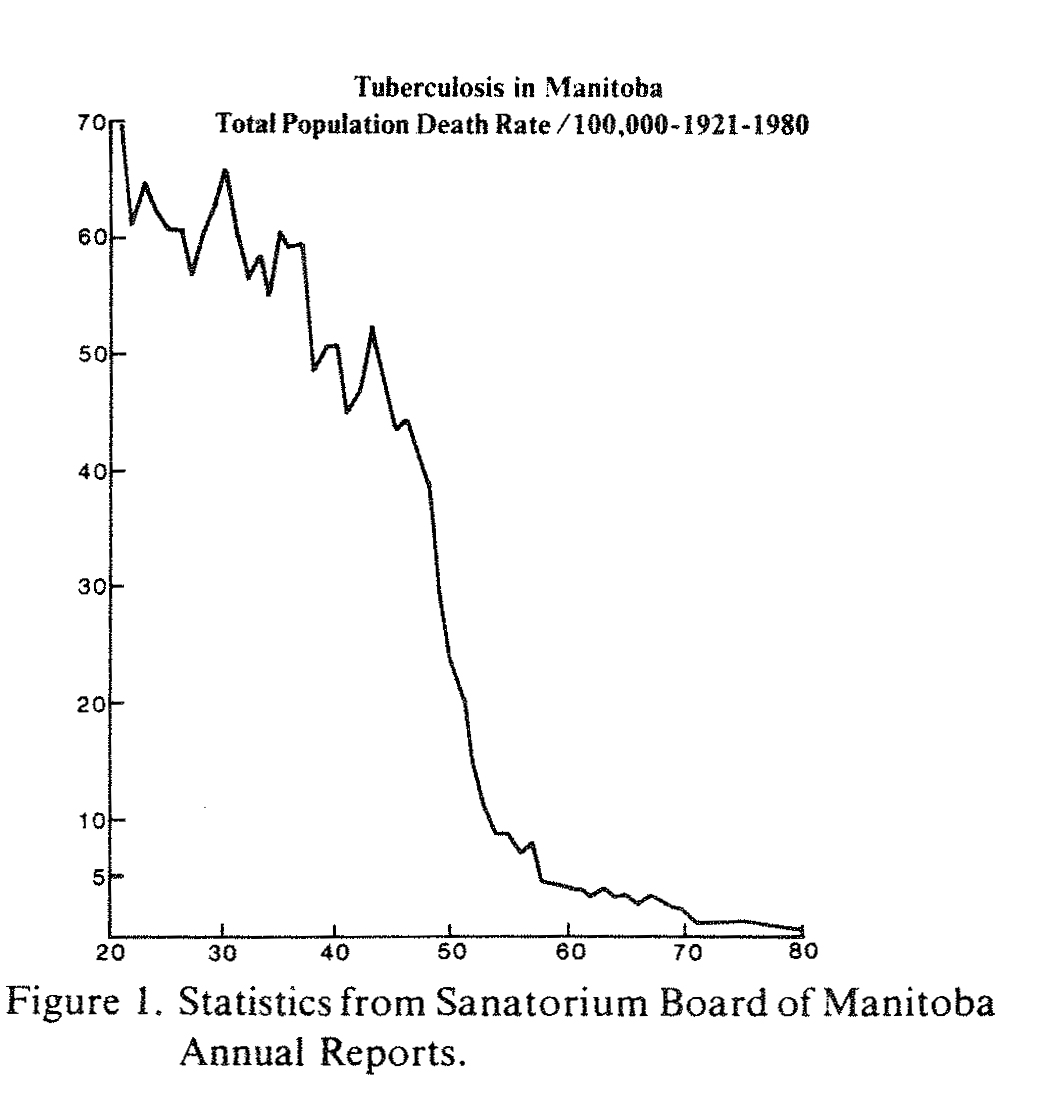

Travelling Clinic Van
MPC.4.1.028G, University of Manitoba College of Medicine Archives
A Solution for Tuberculosis
A.L. Paine claims the turning point in the fight against TB corresponds to the period from the end of the Second World War to the post-war era. Three advances helped nearly eradicate tuberculosis in Canada.
Firstly, the full use of miniature x-rays allowed mobile units to visit rural areas and test for TB much more comprehensively. Each unit could x-ray more than 1,000 people per day.9
Secondly, a new surgical technique for pulmonary resection emerged, a procedure that removes all or part of the lung. This surgery avoids empyema and infection, reducing the number of complications associated with lung surgery.10
Lastly and most importantly, anti-tuberculosis drugs were discovered and made their way to the public. Streptomycin (1947), para-aminosalicyclic acid (P.A.S., after 1944), and isonicotinic acid hydrazide (I.N.H., 1954) led to the near eradication of TB in Manitoba.11

"This illustration depicts a three-dimensional (3D) computer-generated image of a cluster of rod-shaped drug-resistant Mycobacterium tuberculosis bacteria, the pathogen responsible for causing the disease tuberculosis."
ID# 16881. Centers for Disease Control. 2013.
Available from http://phil.cdc.gov/phil/
References
1. Stewart, David B. Holy Ground: The Story of the Manitoba Sanatorium in Ninette. Killarney, MB: J.A. Victor David Museum Inc., 1999. 3.
2. Stewart, Holy Ground, 4-5.
3. Stewart, D.B. "The Great White Plague in Manitoba: How a Province Tackled Tuberculosis." University of Manitoba College of Medicine Archives, Organizations - Health Related fonds, 17.1.5 (1).
4. "The Story of the Sanatorium Board of Manitoba." SBM News Bulletin March 1968: 2-3.
5. Paine, A.L. "Manitoba Perspective on Tuberculosis." University of Manitoba Medical Journal 1982: 24.
6. Paine, 24.
7. Paine, 29.
8. Paine, 27.
9. Paine, 30.
10. Paine, 30
11. Paine, 31.
Banner Images
Available from http://phil.cdc.gov/phil/
Video available from the National Library of Medicine's Digital Collections, http://collections.nlm.nih.gov/catalog/nlm:nlmuid-8700778A-vid
1. "Magnified 300X, this photomicrograph revealed the presence of Histoplasma capsulatum fungal organisms in an unidentified tissue sample."
ID# 11211. Centers for Disease Control/Dr. Libero Ajello. 1972.
2.Lyght, Charles E. This is TB. National Tuberculosis Association. New York:, NY: The Studio, 1946.
3. "Magnified 300X, this photomicrograph revealed the presence of Histoplasma capsulatum var. duboisii fungal organisms in an unidentified tissue sample."
ID# 11225. Centers for Disease Control/Dr. Libero Ajello. 1972.
